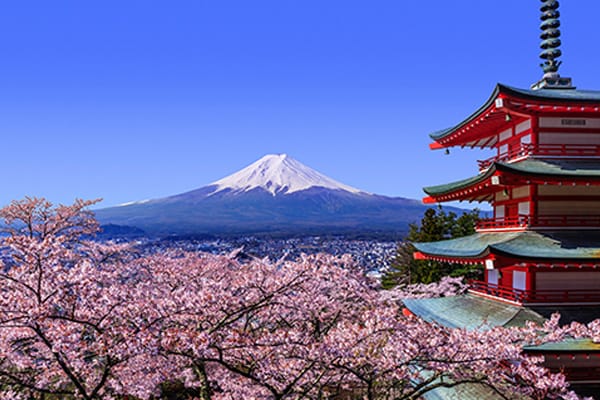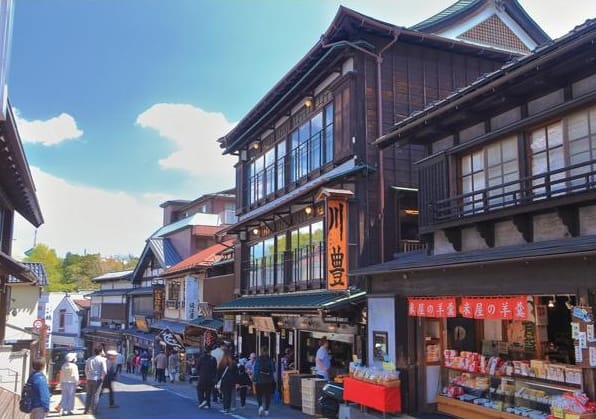Alternative spots to view Mt. Fuji without visiting the mountain directly.
Explore breathtaking views of Mount Fuji at Lake Kawaguchi and Hakone, with stunning parks and unique photo spots to enjoy your experience!

Looking to catch a glimpse of Mount Fuji without trekking up the mountain itself? That’s a smart move if you want to enjoy the iconic view without the crowds or strenuous hike. Mount Fuji is such a beloved symbol here in Japan, and locals often enjoy it from spots that offer a little more comfort and context. Here’s where I actually go when I want to soak in Fuji’s beauty without climbing it myself.
Q: What are some good alternative spots to view Mount Fuji without visiting the mountain directly?
One of my favorite places is Lake Kawaguchi, part of the Fuji Five Lakes region. It’s a relaxing area with several vantage points where Mount Fuji towers majestically over the water. Oishi Park on the northern shore is great for a stroll with panoramic views, especially in spring when cherry blossoms frame the scene. Nearby, the Kawaguchiko Natural Living Center has a cozy café and gardens, perfect for a slow afternoon appreciating Fuji from a distance.
Another picturesque spot is Arakurayama Sengen Park in Fujiyoshida City. This park is famous for the classic photo of Mount Fuji with the red Chureito Pagoda in the foreground — it’s a bit of a climb (about 400 steps!), but locals often visit for the seasonal views, especially in autumn with the colorful leaves or spring during cherry blossom season. It’s less touristy early in the morning or on weekdays.
For something a bit quirky and urban, there’s a fun photo spot at the Lawson convenience store near the Fujikawaguchiko Town Hall where it looks like Mount Fuji is “sitting” right on top of the building. It’s a neat example of how Fuji sneaks into everyday life here and a popular snap among locals and visitors alike.
If you want to combine your Fuji viewing with some relaxation, Hakone is a great choice. The town is famous for hot springs and offers views of Mount Fuji from places like Lake Ashi and the Owakudani Valley. The view isn’t always guaranteed due to weather, but when it’s clear, seeing Fuji over the lake or steaming vents is breathtaking. Plus, you get to enjoy onsen culture, which is a big part of Japanese life that tourists sometimes miss.
Q: How can I get to Lake Kawaguchi and what’s the best time to visit for views of Mount Fuji?
Getting to Lake Kawaguchi is pretty straightforward from Tokyo — usually about a 2-hour bus ride from Shinjuku Station (around ¥2,000–¥2,500 ≈ $14–$18 USD). There are also trains, but the bus is more direct. Early morning is often the clearest time to see Mount Fuji because the afternoon can get hazy. Spring (April) and autumn (October to November) are the best seasons — the air is crisp, and the scenery around the lake is stunning with cherry blossoms or autumn leaves. Weekdays are quieter too, so I usually try to go then if I can.
Q: Is it easy to visit Arakurayama Sengen Park, and is the climb difficult?
Arakurayama Sengen Park is accessible by bus or a short taxi ride from Fujikawaguchiko Station. The climb is about 400 stone steps — not extremely tough, but it’s a good workout if you’re not used to stairs. Japanese people often go there for seasonal photos or to clear their heads, so it’s a nice mix of exercise and sightseeing. The pagoda itself is a memorial, and the park has a peaceful atmosphere. I recommend going early in the morning to avoid crowds and catch the soft light on Mount Fuji.
Q: Can you explain why the Lawson convenience store with Mount Fuji in the background is popular?
In Japan, convenience stores like Lawson are integral to daily life — they’re everywhere and offer everything from snacks to bills payment. The spot near Fujikawaguchiko Town Hall became famous because the positioning makes it look like Mount Fuji is perched on top of the store’s roof, creating a playful visual illusion. It’s popular on social media, especially among locals who appreciate the blend of nature’s grandeur with everyday urban life. I’ve stopped there myself just to enjoy a quick coffee and snap a photo — it’s a fun reminder of how close Fuji is to daily routines here.
Q: What should I know about viewing Mount Fuji from Hakone?
Hakone is about 1.5 to 2 hours from Tokyo by train and bus. The views of Mount Fuji from Lake Ashi are stunning, especially if you take a boat cruise. However, Fuji is often hidden behind clouds or haze, so it’s a bit of a gamble. Locals tend to visit Hakone more for the hot springs and nature than specifically for Fuji views. At Owakudani Valley, you can see volcanic steam vents with Fuji in the distance on clear days — it’s a unique juxtaposition of natural forces. If you want to try this, I’d suggest checking the weather forecast carefully and maybe planning a half-day trip so you can enjoy other parts of Hakone too.
Mount Fuji isn’t just a mountain to climb; it’s woven into the daily lives and scenic pleasures of people living nearby. The spots I’ve mentioned are where locals go to feel close to Fuji without the tourist rush or physical strain. Whether it’s a lakeside picnic, a peaceful park hike, or just a quirky photo by a convenience store, these places capture the spirit of how Fuji fits naturally into Japanese life.



Comments ()